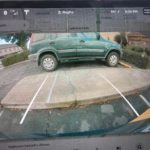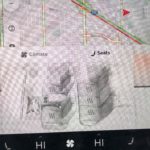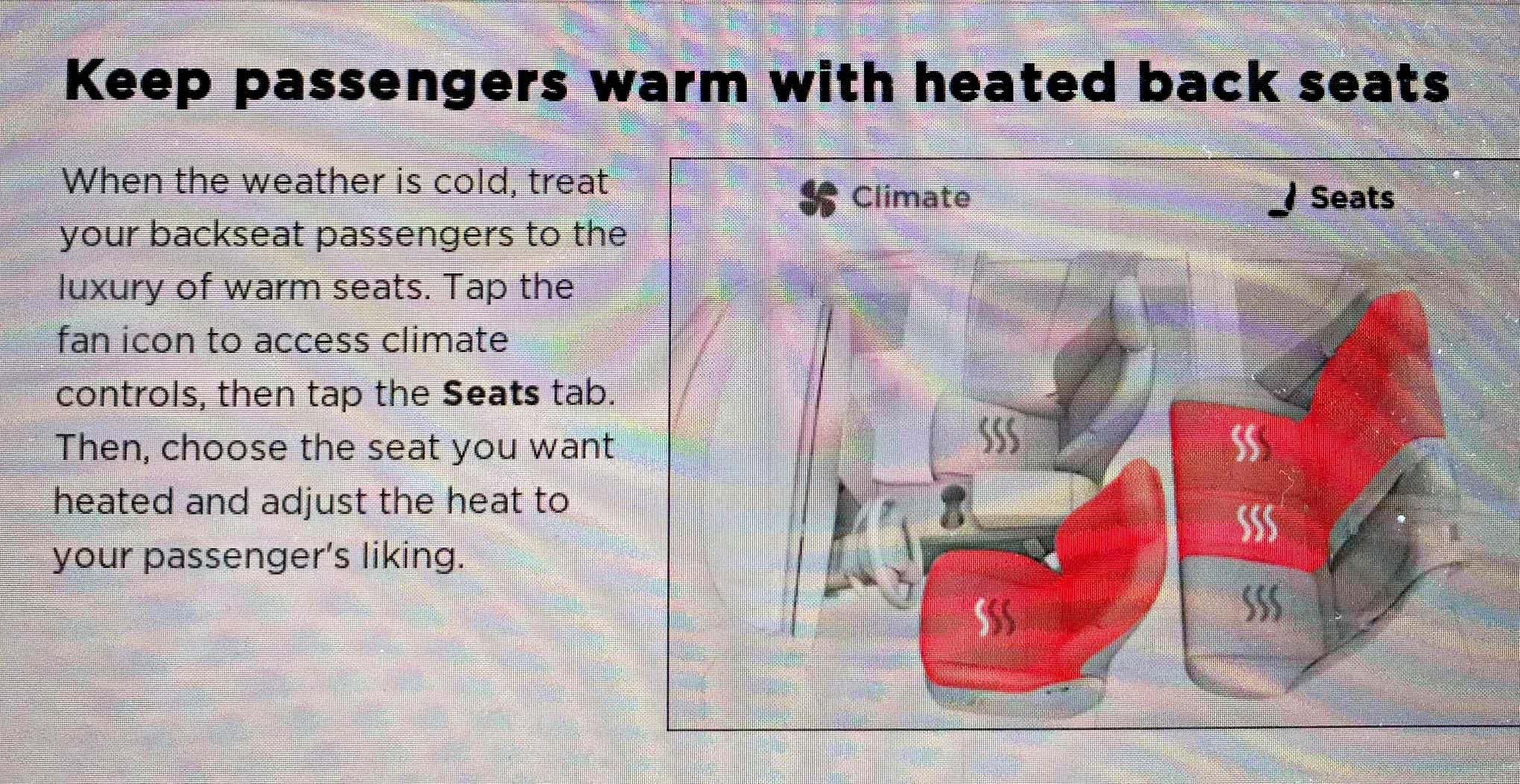
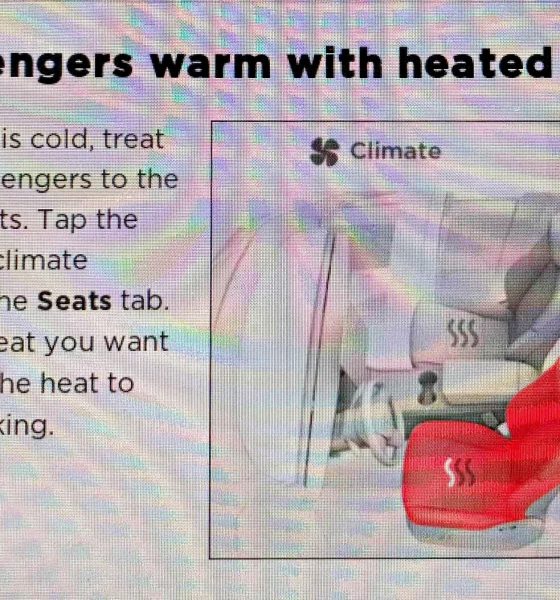
Firmware
Tesla activates Model 3 heated rear seats in latest OTA update
Tesla Model 3 owners who received the latest v8.1 (2018.10.1 5e8433d) over-the-air software update are reporting that their electric car now has heated rear seats. The recent update also included improvements for the Model 3’s Automatic Emergency Braking and phone unlock system, as well as a new arrangement for the icons in the vehicle’s 15-inch center touchscreen.
Reports of the new features began emerging in online forums such as Reddit and the Model 3 Owners Club late Wednesday. It did not take long before Raghuram Kamath, a member of the private Model 3 Owners group on Facebook, shared a series of screenshots featuring Tesla’s description of the improvements in update 2018.10.1 5e8433d. Here is a breakdown of the notable changes featured in the latest update, as shared by the Model 3 owner.
Keep passengers warm with heated back seats
When the weather is cold, treat your backseat passengers to the luxury of warm seats. Tap the fan icon to access climate controls, then tap the Seats tab. Then, choose the seat you want heated and adjust the heat to your passenger’s liking.
Unlocking with a phone key
For added security, we’ve updated how your Model 3 unlocks doors and trunk. Now, when you’re next to the vehicle with a connected phone key, the doors unlock when you pull the handles, and the trunk unlocks when you push the trunk switch.
Automatic Emergency Braking speed increase
The maximum speed at which Automatic Emergency Braking is available has increased from 50 mph to 90 mph. Automatic Emergency Braking is enabled by default. You can temporarily disable it by tapping the Controls icon on the bottom left corner of the touchscreen, and then tap Autopilot > Settings > Automatic Emergency Braking > OFF setting. The feature is re-enabled on your next drive.
Rearranged touchscreen controls
Thanks to customer feedback, we’ve rearranged the touchscreen icons that what you use most often is even easier to reach. The Media Player and Phone icons are now located on the left of the touchscreen.
Apart from Tesla’s announced improvements to the Model 3, Kamath also noted that there were some changes to the electric car’s backup camera. A screenshot of the backup sensor after the recent OTA update is found in the gallery below. Credits to Raghuram Kamath and u/helicopterrun on Reddit.
- A screenshot of the Model 3’s backup camera after receiving OTA update 2018.10.1. [Credit: Raghuram Kamath via helicopterrun/Reddit]
- A screenshot of Tesla’s notes for the Model 3’s 2018.10.1 OTA update. [Credit: Raghuram Kamath via helicopterrun/Reddit]
- A screenshot of Tesla’s notes for the Model 3’s 2018.10.1 OTA update. [Credit: Raghuram Kamath via helicopterrun/Reddit]
- A screenshot of Tesla’s notes for the Model 3’s 2018.10.1 OTA update. [Credit: Raghuram Kamath via helicopterrun/Reddit]
- A screenshot of Tesla’s notes for the Model 3’s 2018.10.1 OTA update. [Credit: Raghuram Kamath via helicopterrun/Reddit]
The majority of the improvements introduced in OTA update 2018.10.1 actually came from the suggestions new owners of the Model 3. The new phone unlocking system, for example, seems to have been rolled out after several owners commented that their cars were unlocking automatically even if they do not intend to enter the vehicle, such as when they walk close to the electric car when it’s parked in the garage. The ability to customize the icons on the 15-inch center touchscreen is also something that has been requested by Model 3 owners before.
The headliner for OTA update v8.1 (2018.10.1 5e8433d), however, is the introduction of heated rear seats. Long rumored but never confirmed till now, the feature has been the subject of debate in the Tesla community for a long time. As it turns out, however, the Model 3 has the function all along. Based on the images in the update (see screenshot gallery above), it seems like the temperature of the Model 3’s three rear seats can be controlled exclusively from each other.
As we mentioned in a previous report, Tesla has been continually improving the capabilities and features of the Model 3 through the use of over-the-air updates. Just last month, Tesla introduced new security features for the electric car, enabling users to manage which smartphone keys and RFID cards are authorized to access the vehicle. Prior to that, the Elon Musk-led electric car and energy firm also rolled out a patch for the Model 3’s backup camera, improving the image sensor’s color saturation, exposure and balance.

Firmware
Tesla mobile app shows signs of upcoming FSD subscriptions
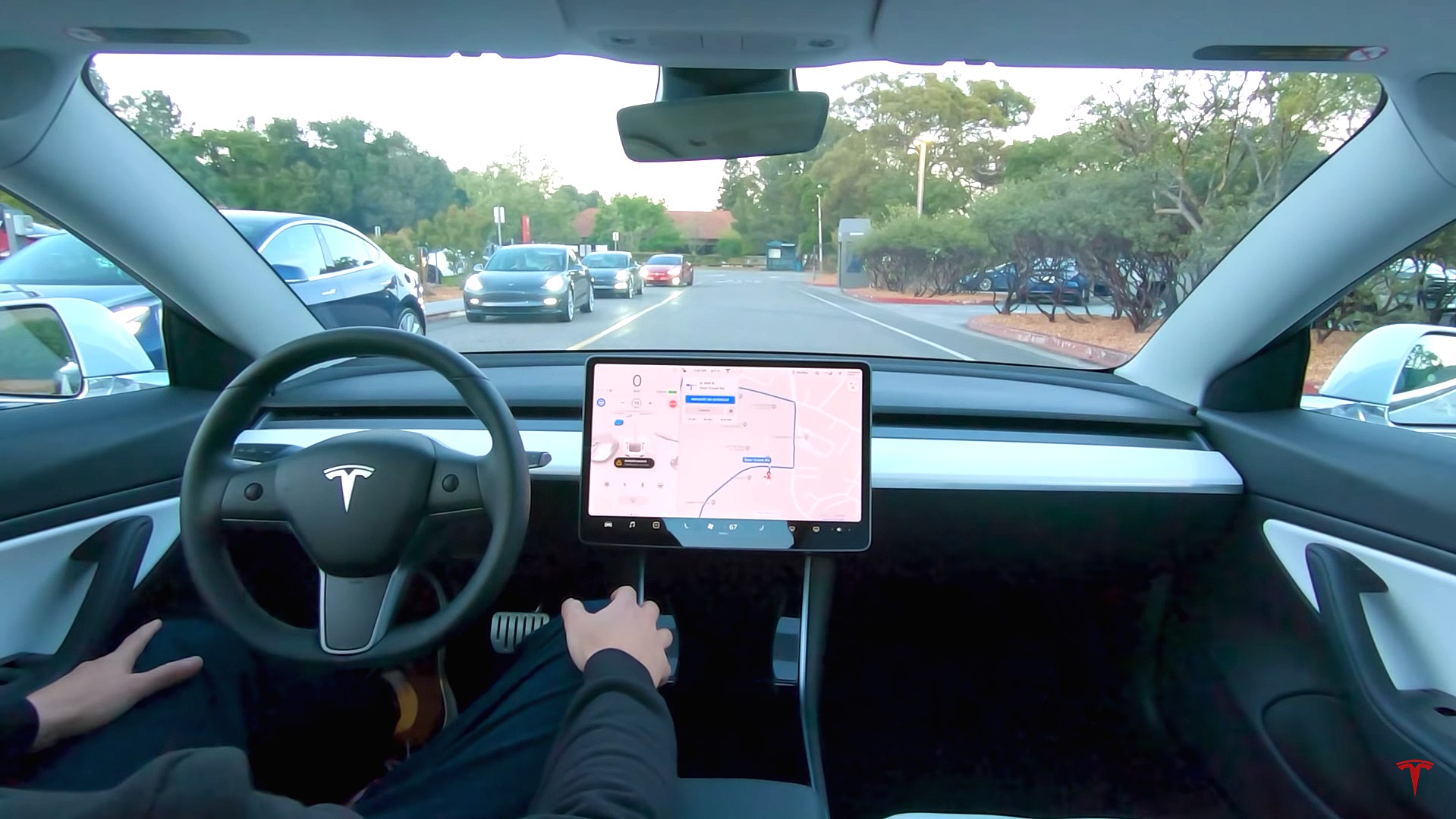
It appears that Tesla may be preparing to roll out some subscription-based services soon. Based on the observations of a Wales-based Model 3 owner who performed some reverse-engineering on the Tesla mobile app, it seems that the electric car maker has added a new “Subscribe” option beside the “Buy” option within the “Upgrades” tab, at least behind the scenes.
A screenshot of the new option was posted in the r/TeslaMotors subreddit, and while the Tesla owner in question, u/Callump01, admitted that the screenshot looks like something that could be easily fabricated, he did submit proof of his reverse-engineering to the community’s moderators. The moderators of the r/TeslaMotors subreddit confirmed the legitimacy of the Model 3 owner’s work, further suggesting that subscription options may indeed be coming to Tesla owners soon.
Did some reverse engineering on the app and Tesla looks to be preparing for subscriptions? from r/teslamotors
Tesla’s Full Self-Driving suite has been heavily speculated to be offered as a subscription option, similar to the company’s Premium Connectivity feature. And back in April, noted Tesla hacker @greentheonly stated that the company’s vehicles already had the source codes for a pay-as-you-go subscription model. The Tesla hacker suggested then that Tesla would likely release such a feature by the end of the year — something that Elon Musk also suggested in the first-quarter earnings call. “I think we will offer Full Self-Driving as a subscription service, but it will be probably towards the end of this year,” Musk stated.
While the signs for an upcoming FSD subscription option seem to be getting more and more prominent as the year approaches its final quarter, the details for such a feature are still quite slim. Pricing for FSD subscriptions, for example, have not been teased by Elon Musk yet, though he has stated on Twitter that purchasing the suite upfront would be more worth it in the long term. References to the feature in the vehicles’ source code, and now in the Tesla mobile app, also listed no references to pricing.
The idea of FSD subscriptions could prove quite popular among electric car owners, especially since it would allow budget-conscious customers to make the most out of the company’s driver-assist and self-driving systems without committing to the features’ full price. The current price of the Full Self-Driving suite is no joke, after all, being listed at $8,000 on top of a vehicle’s cost. By offering subscriptions to features like Navigate on Autopilot with automatic lane changes, owners could gain access to advanced functions only as they are needed.
Elon Musk, for his part, has explained that ultimately, he still believes that purchasing the Full Self-Driving suite outright provides the most value to customers, as it is an investment that would pay off in the future. “I should say, it will still make sense to buy FSD as an option as in our view, buying FSD is an investment in the future. And we are confident that it is an investment that will pay off to the consumer – to the benefit of the consumer.” Musk said.
Firmware
Tesla rolls out speed limit sign recognition and green traffic light alert in new update
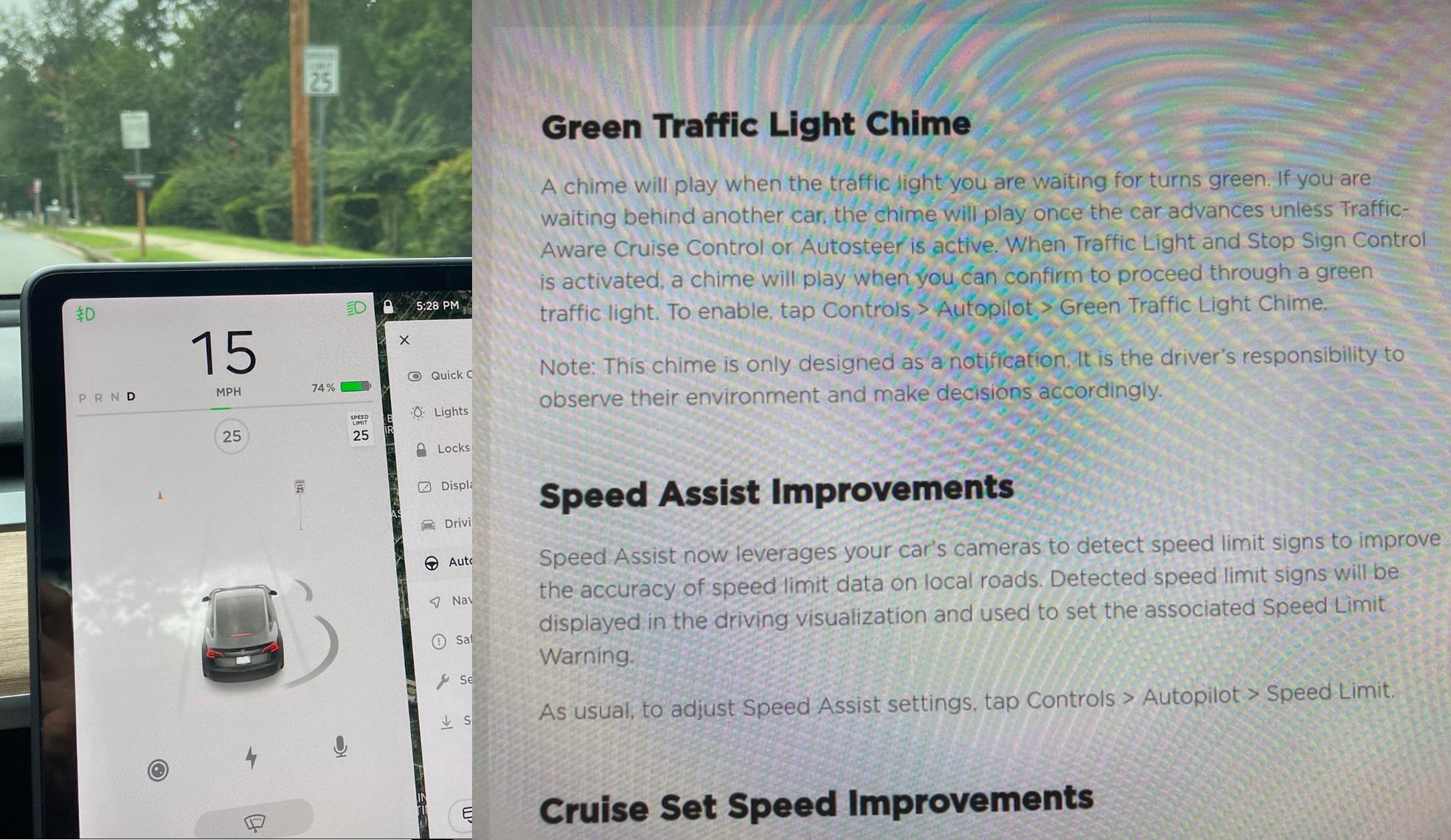
Tesla has started rolling out update 2020.36 this weekend, introducing a couple of notable new features for its vehicles. While there are only a few handful of vehicles that have reportedly received the update so far, 2020.36 makes it evident that the electric car maker has made some strides in its efforts to refine its driver-assist systems for inner-city driving.
Tesla is currently hard at work developing key features for its Full Self-Driving suite, which should allow vehicles to navigate through inner-city streets without driver input. Tesla’s FSD suite is still a work in progress, though the company has released the initial iterations of key features such Traffic Light and Stop Sign Control, which was introduced last April. Similar to the first release of Navigate on Autopilot, however, the capabilities of Traffic Light and Stop Sign Control were pretty basic during their initial rollout.
2020.36 Showing Speed Limit Signs in Visualization from r/teslamotors
With the release of update 2020.36, Tesla has rolled out some improvements that should allow its vehicles to handle traffic lights better. What’s more, the update also includes a particularly useful feature that enables better recognition of speed limit signs, which should make Autopilot’s speed adjustments better during use. Following are the Release Notes for these two new features.
Green Traffic Light Chime
“A chime will play when the traffic light you are waiting for turns green. If you are waiting behind another car, the chime will play once the car advances unless Traffic-Aware Cruise Control or Autosteer is active. When Traffic Light and Stop Sign Control is activated, a chime will play when you can confirm to proceed through a green traffic light. To enable, tap Controls > Autopilot > Green Traffic Light Chime.
“Note: This chime is only designed as a notification. It is the driver’s responsibility to observe their environment and make decisions accordingly.”
Speed Assist Improvements
“Speed Assist now leverages your car’s cameras to detect speed limit signs to improve the accuracy of speed limit data on local roads. Detected speed limit signs will be displayed in the driving visualization and used to set the associated Speed Limit Warning.
“As usual, to adjust Speed Assist settings, tap Controls > Autopilot > Speed Limit.”
Footage of the new green light chime in action via @NASA8500 on Twitter ✈️ from r/teslamotors
Amidst the rollout of 2020.36’s new features, speculations were abounding among Tesla community members that this update may include the first pieces of the company’s highly-anticipated Autopilot rewrite. Inasmuch as the idea is exciting, however, Tesla CEO Elon Musk has stated that this was not the case. While responding to a Tesla owner who asked if the Autopilot rewrite is in “shadow mode” in 2020.36, Musk responded “Not yet.”
Firmware
Tesla rolls out Sirius XM free three-month subscription
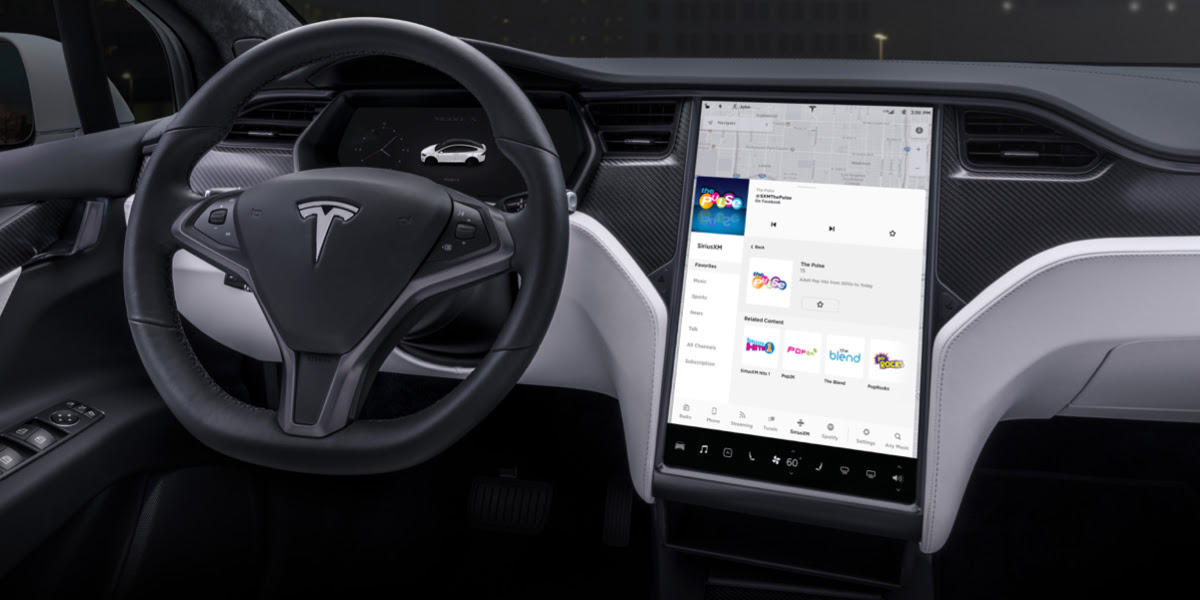
Tesla has rolled out a free three-month trial subscription to Sirius XM, in what appears to be the company’s latest push into making its vehicles’ entertainment systems more feature-rich. The new Sirius XM offer will likely be appreciated by owners of the company’s vehicles, especially considering that the service is among the most popular satellite radios in the country today.
Tesla announced its new offer in an email sent on Monday. An image that accompanied the communication also teased Tesla’s updated and optimized Sirius XM UI for its vehicles. Following is the email’s text.
“Beginning now, enjoy a free, All Access three-month trial subscription to Sirius XM, plus a completely new look and improved functionality. Our latest over-the-air software update includes significant improvements to overall Sirius XM navigation, organization, and search features, including access to more than 150 satellite channels.
“To access simply tap the Sirius XM app from the ‘Music’ section of your in-car center touchscreen—or enjoy your subscription online, on your phone, or at home on connected devices. If you can’t hear SiriusXM channels in your car, select the Sirius XM ‘Subscription’ tab for instruction on how to refresh your audio.”
Tesla has actually been working on Sirius XM improvements for some time now. Back in June, for example, Tesla rolled out its 2020.24.6.4 update, and it included some optimizations to its Model S and Model X’s Sirius XM interface. As noted by noted Tesla owner and hacker @greentheonly, the source code of this update revealed that the Sirius XM optimizations were also intended to be released to other areas such as Canada.
Interestingly enough, Sirius XM is a popular feature that has been exclusive to the Model S and X. Tesla’s most popular vehicle to date, the Model 3, is yet to receive the feature. One could only hope that Sirius XM integration to the Model 3 may eventually be included in the future. Such an update would most definitely be appreciated by the EV community, especially since some Model 3 owners have resorted to using their smartphones or third-party solutions to gain access to the satellite radio service.
The fact that Tesla seems to be pushing Sirius XM rather assertively to its customers seems to suggest that the company may be poised to roll out more entertainment-based apps in the coming months. Apps such as Sirius XM, Spotify, Netflix, and YouTube, may seem quite minor when compared to key functions like Autopilot, after all, but they do help round out the ownership experience of Tesla owners. In a way, Sirius XM does make sense for Tesla’s next-generation of vehicles, especially the Cybertruck and the Semi, both of which would likely be driven in areas that lack LTE connectivity.
